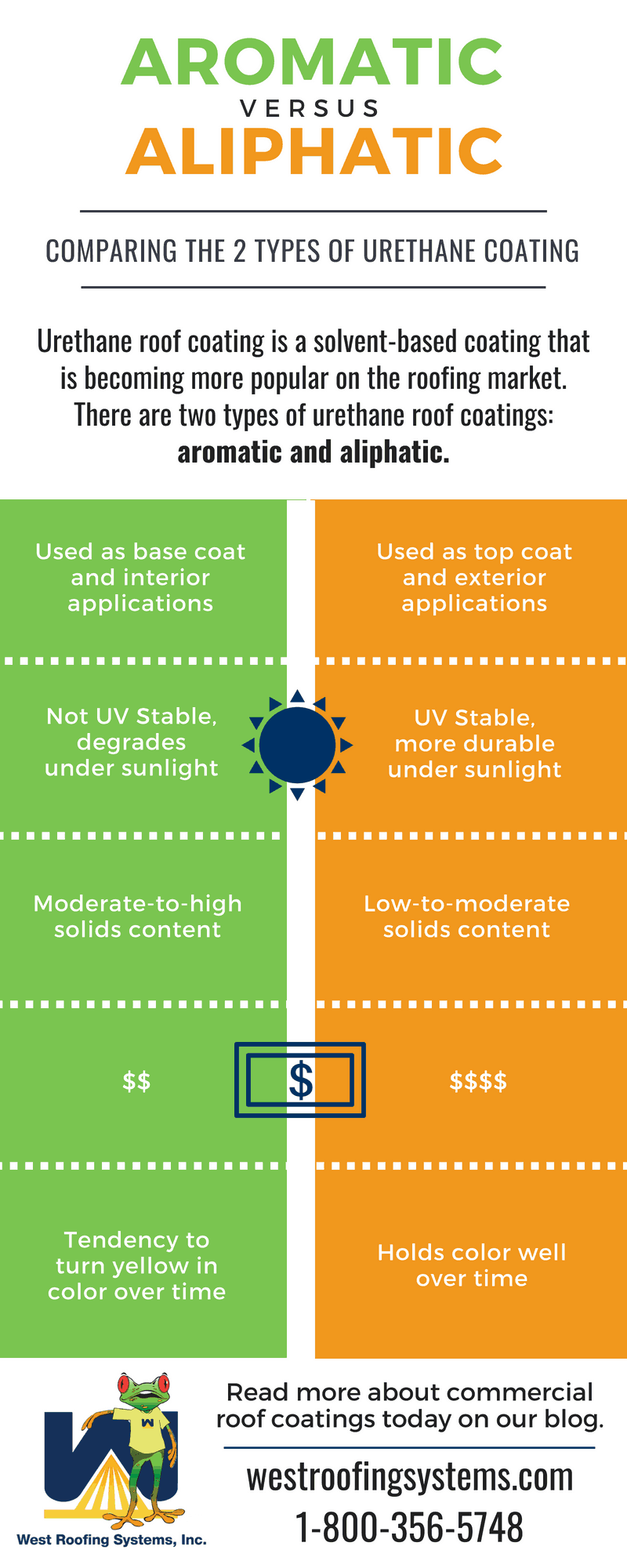Review The Financial Implications And Benefits Of Solar Installment To Recognize The Potential Financial Advantages For Those Thinking About This Renewable Resource Endeavor
Review The Financial Implications And Benefits Of Solar Installment To Recognize The Potential Financial Advantages For Those Thinking About This Renewable Resource Endeavor
Blog Article
Authored By- top 10 solar companies
When thinking about the expenses of solar installment, you may question the ahead of time financial investment called for and whether it straightens with the prospective long-term advantages. Recognizing the ins and outs of these expenditures and the different variables influencing the total return can shed light on the worth recommendation of transitioning to solar power. By examining isp solar energy company and the forecasted cost savings over time, you can obtain insight into whether the financial investment in solar installment holds assurance for your financial future.
Initial Setup Costs
When considering the costs of solar installment, the initial configuration expenditures play a vital duty in your decision-making procedure. These ahead of time expenses consist of the cost of photovoltaic panels, inverters, mounting devices, and installment labor.
The rate of photovoltaic panels can differ depending on the brand, efficiency, and size you select. Inverters are vital for converting the sun's power right into functional electrical power and come in various kinds such as string inverters, microinverters, and power optimizers, each with its very own price implications.
Installing devices, such as shelfs and rails, is necessary to firmly install solar panels on your roof or property.
The setup labor cost covers the specialist setup of the solar system, guaranteeing that every little thing is set up properly and successfully. Remember that while these preliminary configuration costs might seem high, there are commonly discounts, tax motivations, and funding options offered to aid counter the expenses and make solar setup extra economical in the long run.
Long-Term Cost Savings Analysis
To recognize the monetary benefits of solar setup gradually, it's essential to conduct a detailed lasting cost savings evaluation. While the preliminary configuration expenditures of photovoltaic panels might seem daunting, the lasting savings can exceed these prices substantially. By utilizing the power of the sun to produce power for your home, you can potentially conserve thousands of bucks on your energy bills over the life expectancy of your solar system.
One of the essential elements to take into consideration in a long-term cost savings analysis is the reduction in your power bills. With photovoltaic panels, you can generate your electrical energy, decreasing or even eliminating your dependence on the grid. This can bring about substantial cost savings, particularly as energy prices remain to rise.
Additionally, numerous federal governments provide rewards such as tax credit ratings and refunds for installing photovoltaic panels, additionally boosting your lasting financial savings. By benefiting from these incentives and optimizing your solar energy production, you can take pleasure in considerable monetary benefits for several years to come.
Return on Investment Estimation
Taking into consideration the economic benefits of solar setup, it's time to assess the Roi (ROI) computation. Determining the ROI includes contrasting the complete costs of setting up a solar system with the financial benefits it generates over its life-span.
To calculate ROI, divide the internet make money from the system by the total financial investment expense and increase by 100 to obtain a percentage. The ROI formula is: (Net Earnings/ Total Amount Financial Investment Price) x 100.
For example, if the total price of setting up a solar system is $20,000, and over its lifespan, it produces financial savings and earnings totaling $30,000, the net earnings would be $10,000. Dividing residential solar panels on roof by the complete financial investment expense of $20,000 offers a proportion of 0.5. Multiplying this by 100 offers an ROI of 50%.
Typically, a higher ROI shows a more financially rewarding financial investment. Factors like federal government rewards, upkeep costs, and energy cost fluctuations can influence the ROI of solar setups. Recognizing the ROI aids in examining whether buying solar power is worth it over time.
Final thought
To conclude, understanding the expenses of solar installation is essential for determining if it is worth the financial investment. By thinking about preliminary configuration costs, conducting a lasting savings analysis, and computing the roi, you can make an informed choice about the economic value of solar power. With the possibility for decreased energy costs and enhanced energy freedom, investing in solar installation can be a smart selection for both your purse and the environment.
